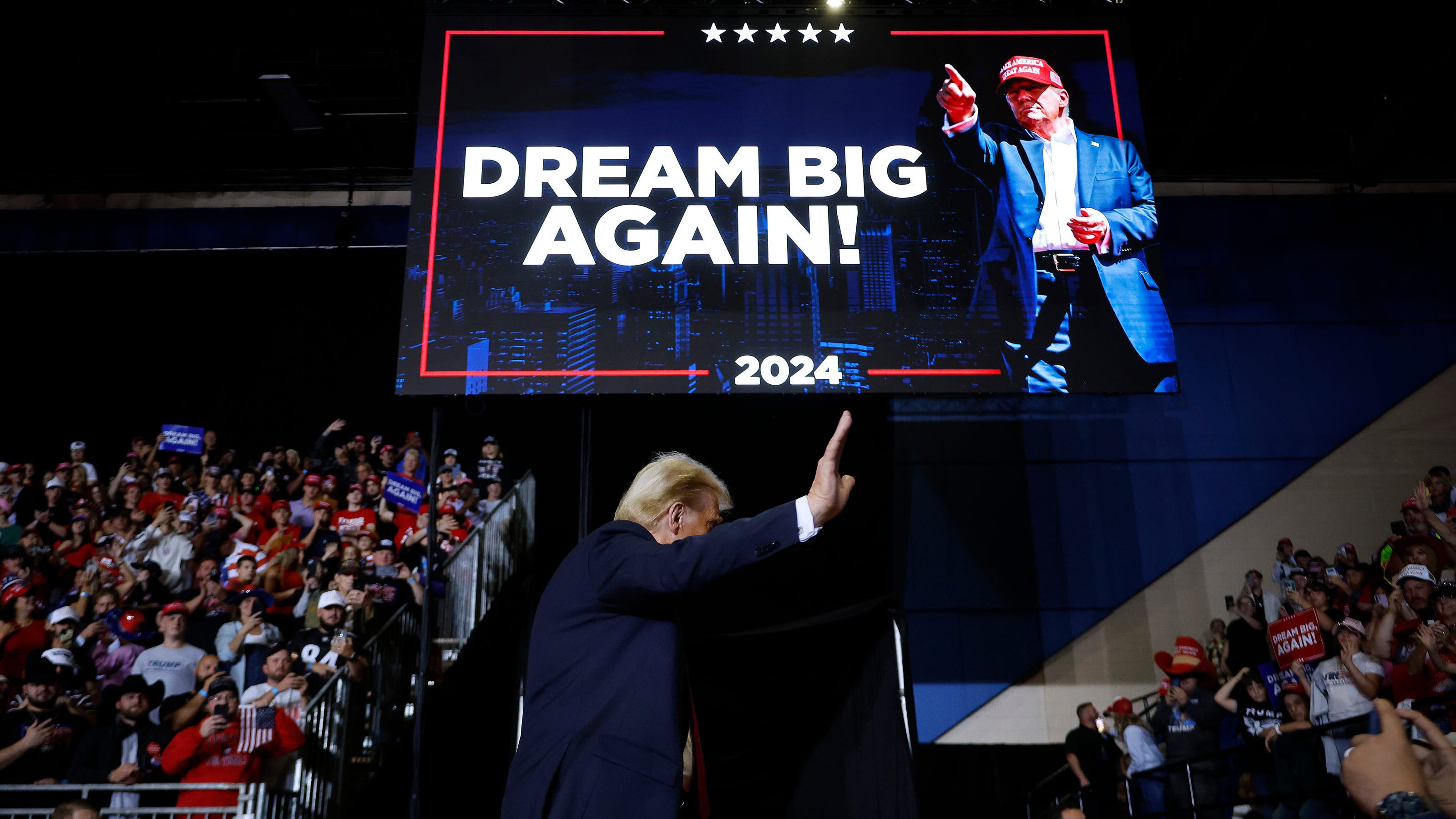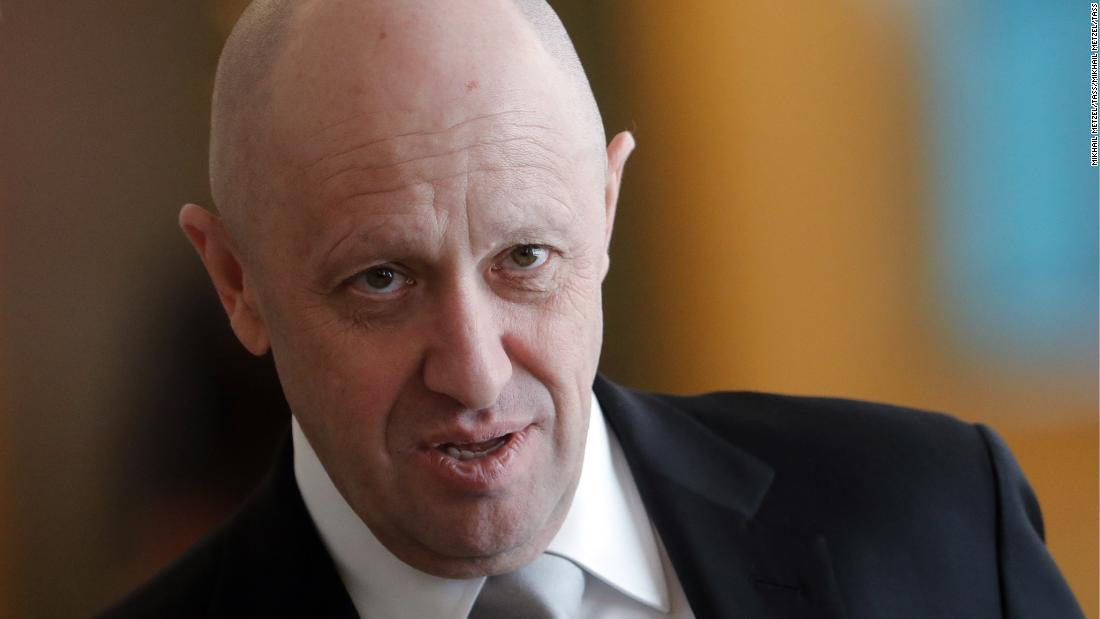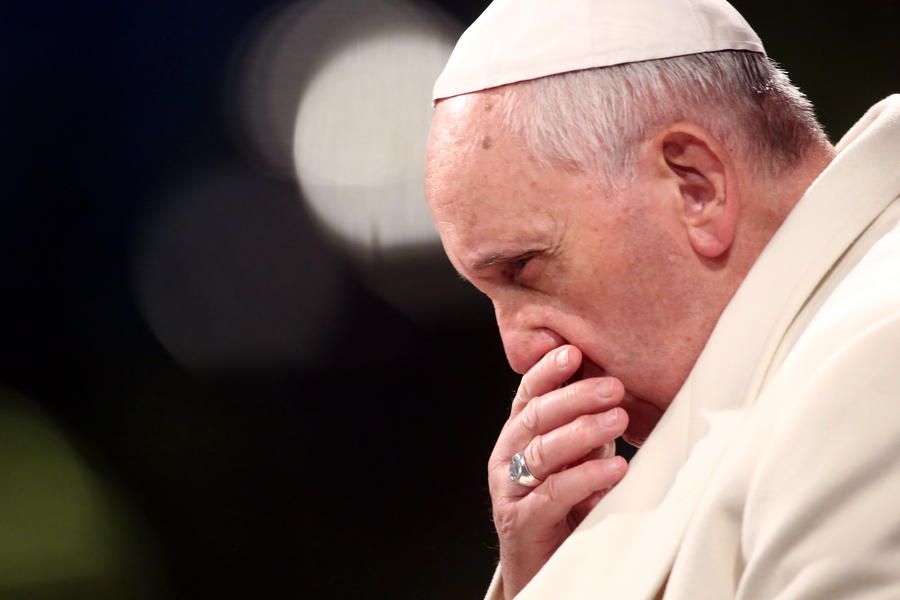Who Will Bear The Cost Of Trump's Economic Policies?

Table of Contents
The Impact on the Working Class
Wage Stagnation and Income Inequality
Trump's economic policies, particularly the 2017 tax cuts, promised to stimulate wage growth across the board. However, the reality was more nuanced. While some sectors experienced modest wage increases, the overall impact on income inequality remains a subject of debate. The promised benefits for the working class largely failed to materialize for many.
- Statistics on wage growth: Data from the Bureau of Labor Statistics shows that wage growth during the Trump administration was relatively modest, particularly for lower-income workers. This contrasts sharply with the significant tax cuts given to corporations.
- Income inequality data: The Gini coefficient, a measure of income inequality, showed a slight increase during this period, suggesting that the benefits of economic growth were not evenly distributed.
- Analysis of specific policy impacts (e.g., tax cuts): The 2017 tax cuts disproportionately benefited high-income earners and corporations, leaving many working-class individuals with minimal tangible gains. The argument that these cuts would "trickle down" to stimulate job creation and wage growth for lower-income workers proved largely untrue.
The key takeaway is that Trump's economic policies, despite promises of widespread benefits, exacerbated income inequality, leaving many in the working class facing wage stagnation. The impacts of these policies on the working-class are still being felt today. The "Trump tax cuts" ultimately fell short of delivering promised benefits to this demographic.
Job Creation and Manufacturing
A central tenet of Trump's economic platform was the revival of American manufacturing and significant job creation. While job numbers increased during parts of his presidency, the quality and sustainability of these jobs remain questionable.
- Statistics on job creation by sector: While overall job creation numbers were positive, many new jobs were in the service sector, not manufacturing. Moreover, a significant portion of these jobs were low-wage positions.
- Analysis of manufacturing job growth: While some manufacturing jobs were created, the growth was not substantial enough to offset long-term trends of automation and offshoring.
- Discussion of automation and its impact: Automation continued to displace manufacturing workers, regardless of administration policies, highlighting the need for broader strategies addressing technological disruption in the workforce.
The claim of significant job creation under Trump's administration requires careful scrutiny. While some jobs were created, the quality and long-term sustainability remain points of contention. The "Trump administration jobs report" needs to be analyzed within the context of broader economic trends, including technological advancements.
The Burden on the Middle Class
Rising Healthcare Costs
Trump's administration actively sought to repeal and replace the Affordable Care Act (ACA), raising concerns about healthcare accessibility and affordability for the middle class. The efforts to dismantle the ACA ultimately failed, but the uncertainty and the subsequent changes still impacted the middle class.
- Statistics on healthcare costs: Data shows that healthcare costs continued to rise during the Trump administration, placing a greater burden on middle-class families.
- Analysis of changes in health insurance coverage: While the ACA remained in place, attempts to weaken it led to uncertainty and higher premiums for some.
- Discussion of the Affordable Care Act (ACA) rollbacks: Although complete repeal failed, the administration's actions to weaken the ACA contributed to rising healthcare costs and reduced coverage for some middle-class individuals.
The effect of Trump's healthcare policies on the middle class was a significant increase in financial strain due to rising healthcare costs and uncertainty.
Increased National Debt
The Trump administration's fiscal policies led to a substantial increase in the national debt. This has potential long-term consequences for the middle class through higher taxes and reduced government services.
- Data on national debt growth: The national debt increased significantly during the Trump presidency, adding trillions to the national debt burden.
- Discussion of potential future tax increases: The growing national debt will likely necessitate future tax increases to service the debt, impacting the middle class.
- Analysis of the impact on government programs: Increased debt may lead to cuts in government programs that benefit the middle class, such as education and infrastructure.
The increased "national debt" under Trump's administration poses a considerable long-term financial risk for the middle class.
The Benefits (or Lack Thereof) for the Wealthy
Tax Cuts and Corporate Profits
Trump's tax cuts significantly benefited corporations and high-income earners. The promised economic stimulus that would "trickle down" to the rest of the population did not fully materialize for a large segment of the population.
- Statistics on corporate profits: Corporate profits increased significantly following the tax cuts, benefiting shareholders and executives.
- Analysis of the distribution of tax cuts' benefits: The majority of the tax cut benefits accrued to the wealthiest individuals and corporations.
- Discussion of trickle-down economics: The policy’s failure to deliver widespread economic benefits calls into question the effectiveness of "trickle-down economics."
The "corporate tax cuts" implemented during the Trump administration primarily served to increase wealth inequality.
Deregulation and its Effects
The Trump administration pursued significant deregulation across various sectors, raising concerns about its impact on the environment, worker safety, and consumer protection. The long-term effects of this deregulation are still unfolding.
- Examples of specific deregulation efforts: The administration rolled back environmental regulations, loosened financial regulations, and reduced worker safety standards.
- Analysis of their effects on various industries: Deregulation primarily benefited large corporations, potentially at the expense of smaller businesses, workers, and the environment.
- Implications for consumers and workers: Reduced regulations could lead to increased risks for consumers and workers.
The extensive "deregulation" under the Trump administration prioritized short-term corporate profits over long-term societal well-being.
Conclusion
Analyzing the economic costs of Trump's policies reveals a stark disparity in their impact across different socioeconomic groups. While corporations and the wealthy benefited significantly from tax cuts and deregulation, the working and middle classes faced wage stagnation, rising healthcare costs, and an increased national debt burden. The promised economic growth failed to deliver substantial benefits to a large portion of the population, exacerbating existing inequalities.
To better understand the long-term effects of these policies, further research and critical analysis are essential. We encourage you to explore this issue further and form your own informed opinions on who bore the cost of Trump's economic policies. Share this article to stimulate discussion and contribute to a better understanding of this crucial aspect of recent economic history. For further reading, refer to resources from the Bureau of Labor Statistics and the Congressional Budget Office. [Link to relevant resources]. Let’s continue the conversation in the comments below!

Featured Posts
-
 A Comparative Study Blue Origins Downfall And Katy Perrys Public Image
Apr 22, 2025
A Comparative Study Blue Origins Downfall And Katy Perrys Public Image
Apr 22, 2025 -
 Razer Blade 16 2025 Ultra Thin Laptop Performance And Price Analysis
Apr 22, 2025
Razer Blade 16 2025 Ultra Thin Laptop Performance And Price Analysis
Apr 22, 2025 -
 Harvard Funding Cuts Trump Administration Announces Additional 1 Billion Reduction
Apr 22, 2025
Harvard Funding Cuts Trump Administration Announces Additional 1 Billion Reduction
Apr 22, 2025 -
 World Reacts To Death Of Pope Francis At 88
Apr 22, 2025
World Reacts To Death Of Pope Francis At 88
Apr 22, 2025 -
 Is It Too Soon Fsus Plan To Resume Classes After Deadly Shooting Sparks Outrage
Apr 22, 2025
Is It Too Soon Fsus Plan To Resume Classes After Deadly Shooting Sparks Outrage
Apr 22, 2025
